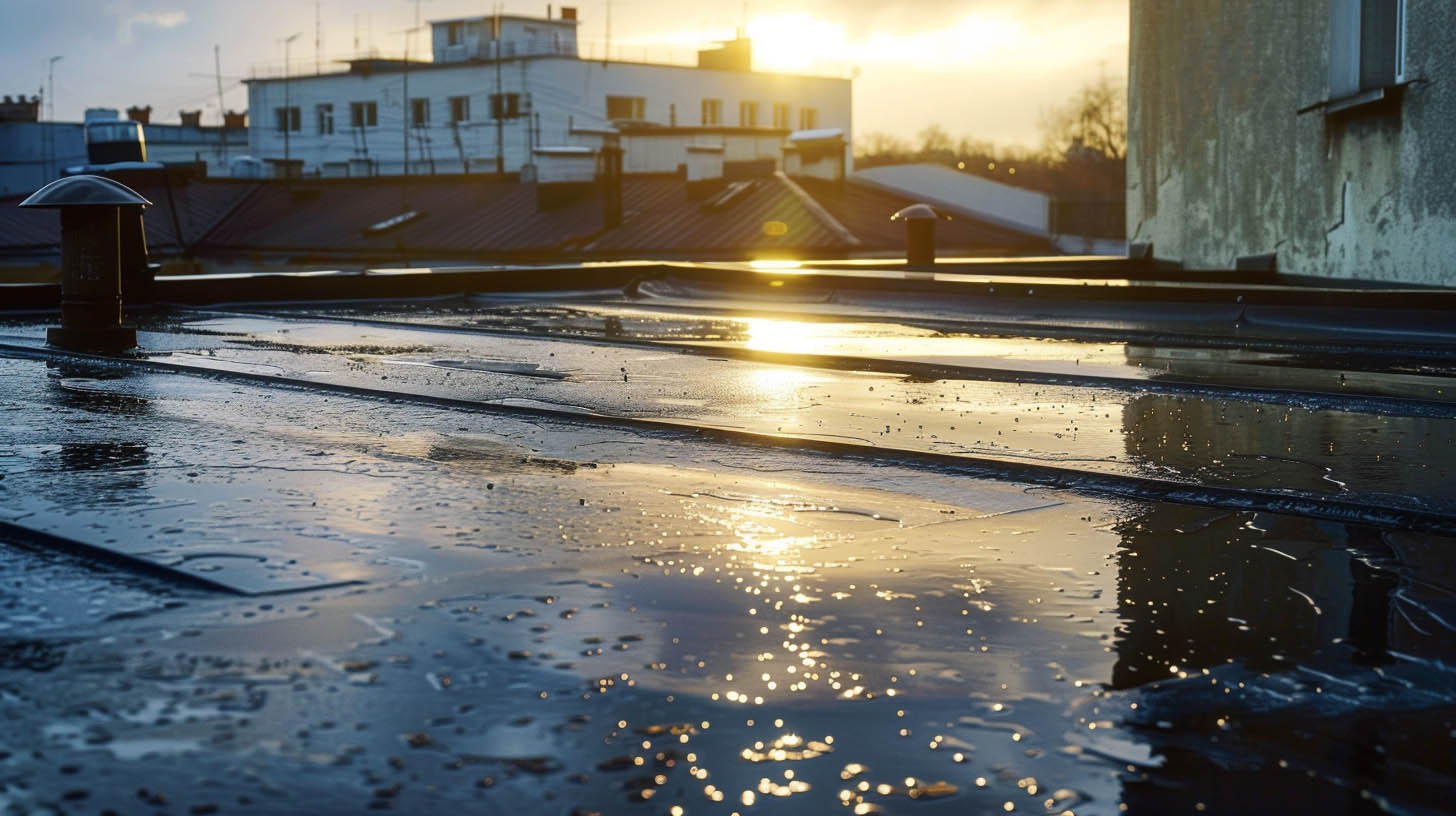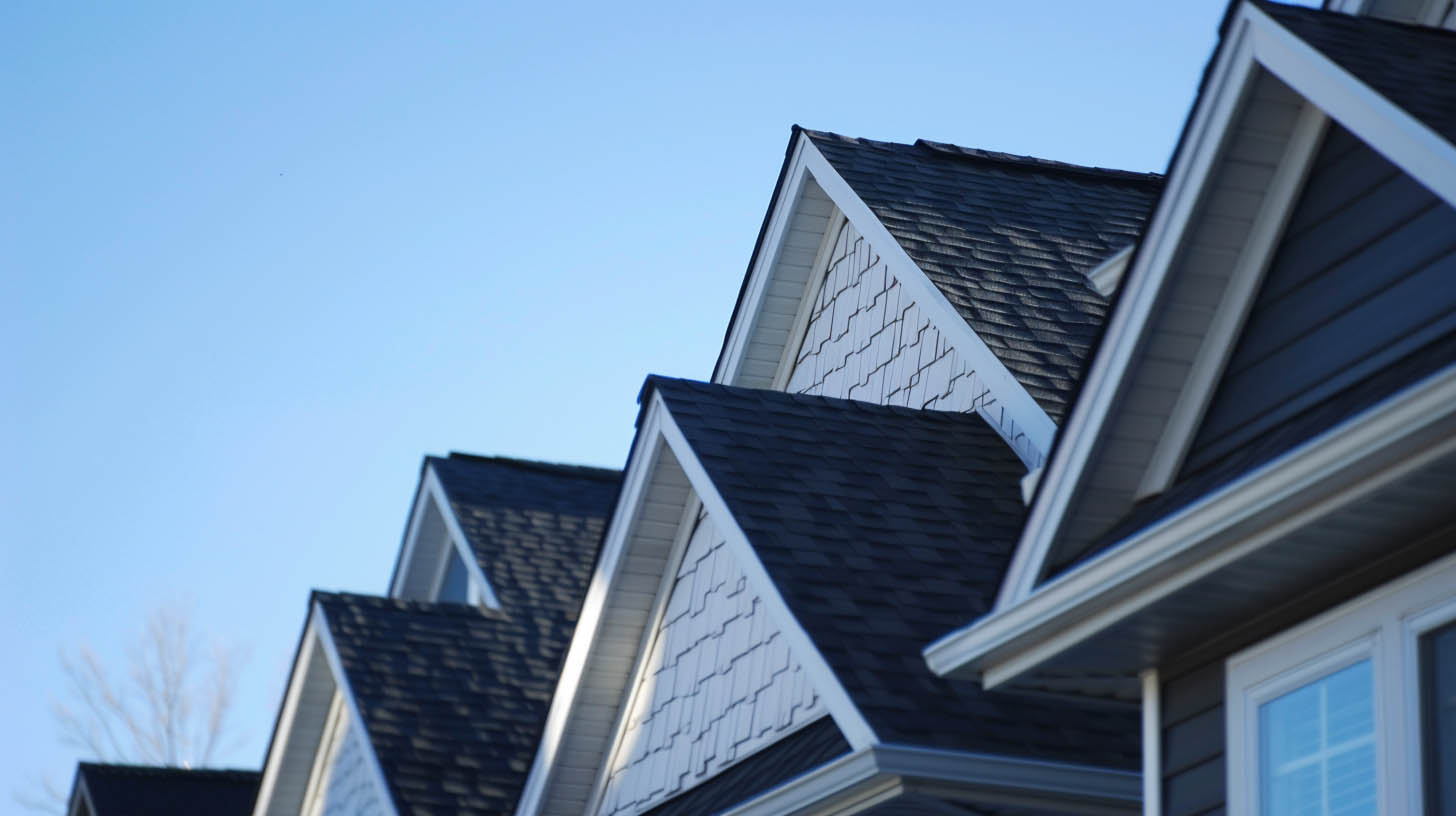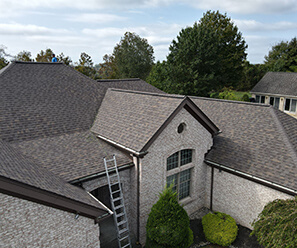
Our customers asked for it, now they’ve got it: 15 Tips for a Watertight Roof!
A solid, watertight roof is a fundamental aspect of any home’s defense against the elements. Not only does it provide shelter, but it also plays a crucial role in maintaining the structural integrity of your house. Leaks and water damage can lead to costly repairs and potential health hazards from mold growth. To help you ensure your roof remains watertight, we’ve compiled a comprehensive list of tips and best practices.
Mastering a
Watertight Roof: 15 Tips
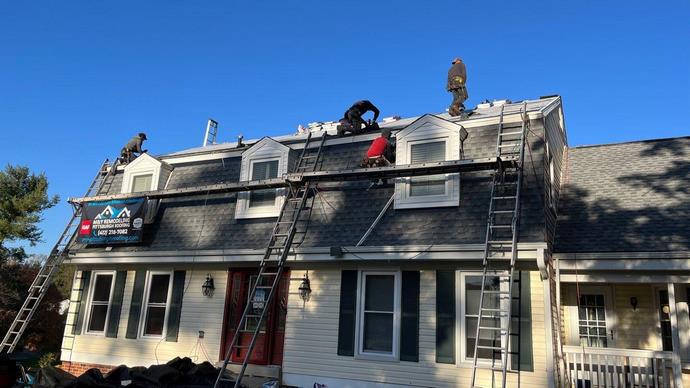
1. Professional Roof Inspections
The foundation of a watertight roof begins with regular inspections. Ideally, you should inspect your roof at least twice a year – during the spring and fall. However, we do not recommend inspecting it yourself. By hiring an expert roofing company, you ensure that their trained eye catches what your untrained eye can’t.
During a roof inspection your professional roofer will look for:
- Missing or Damaged Shingles
- Cracked Flashing
- Signs of Wear & Tear
By inspecting you roof consistently, you’ll enjoy the following benefits:
- Cost Savings: For example, addressing a small leak promptly can prevent extensive water damage and expensive structural repairs down the line.
- Prolonged Lifespan: Well-maintained roofs last longer.
- Insurance Claims: In case of damage due to severe weather or accidents, having a history of regular professional inspections can strengthen your insurance claims and streamline the process.
- Resale Value: A well-maintained roof enhances resale value.
2. Clear Debris Regularly
Leaves, twigs, and other debris can accumulate in your gutters and on your roof, blocking proper water drainage. Ensure your gutters are clear and clean and remove debris from your roof’s surface to prevent water from pooling.
3. Proper Attic Ventilation
A well-ventilated attic helps maintain consistent temperatures and prevents moisture buildup. Proper ventilation can reduce the risk of ice dams in colder climates and prevent condensation that could lead to mold growth.
4. Maintain Flashing & Sealants
Flashing and sealants are essential components in preventing water infiltration around chimneys, skylights, vents, and other roof protrusions. Check these areas regularly for cracks, gaps, or signs of deterioration, and repair or replace them as needed.
5. Quality Roofing Materials
Investing in high-quality roofing materials can greatly contribute to a watertight roof. Choose materials known for their durability and resistance to the local climate’s challenges. Proper installation by skilled professionals is equally important.
6. Address Ponding Water
Flat or low-slope roofs can sometimes develop ponding water – areas where water accumulates after rain. This standing water can weaken the roofing material over time. Regularly inspect your flat roof and address any ponding issues promptly.
7. Trim Overhanging Branches
Tree branches that overhang your roof can cause damage, especially during storms. Falling branches or rubbing limbs can damage shingles or tiles, leading to leaks. Trim back branches to prevent this risk.
8. Ice & Snow Removal
In cold climates, ice dams can form on your roof’s edges, causing water to back up and potentially seep under the shingles. Safely remove accumulated snow and ice to prevent these dams from forming.
9. Immediate Repairs
If you notice signs of water damage, such as stains on the ceiling or walls, or if you detect leaks during a storm, take immediate action. Addressing these issues promptly can prevent further damage and reduce repair costs.
10. Regular Gutter Cleaning
To prevent clogged gutters, schedule regular gutter cleaning sessions. Ideally, this should be done at least twice a year, preferably in the fall and spring. Gutter guards can also be installed to prevent debris from entering the gutters while still allowing water to flow freely.
11. Roof Sweeping
After a storm or during your regular maintenance routine, sweep your roof using a soft-bristle broom or a leaf blower. This removes loose debris and prevents it from becoming lodged in valleys, around vents, or in other vulnerable areas.
12. Skylight Maintenance
If your home has skylights, ensure they are properly sealed and free of cracks. Regularly inspect the seals and surrounding areas for any signs of water intrusion.
13. Rapid Storm Response
After severe storms, promptly inspect your roof for any visible damage. High winds, hail, and heavy rain can cause sudden issues that need immediate attention.
14. Roof Coatings
Consider applying roof coatings designed to add an extra layer of protection against water and UV rays. These coatings can extend the lifespan of your roof and enhance its watertight properties.
15. Choose the Right Contractor
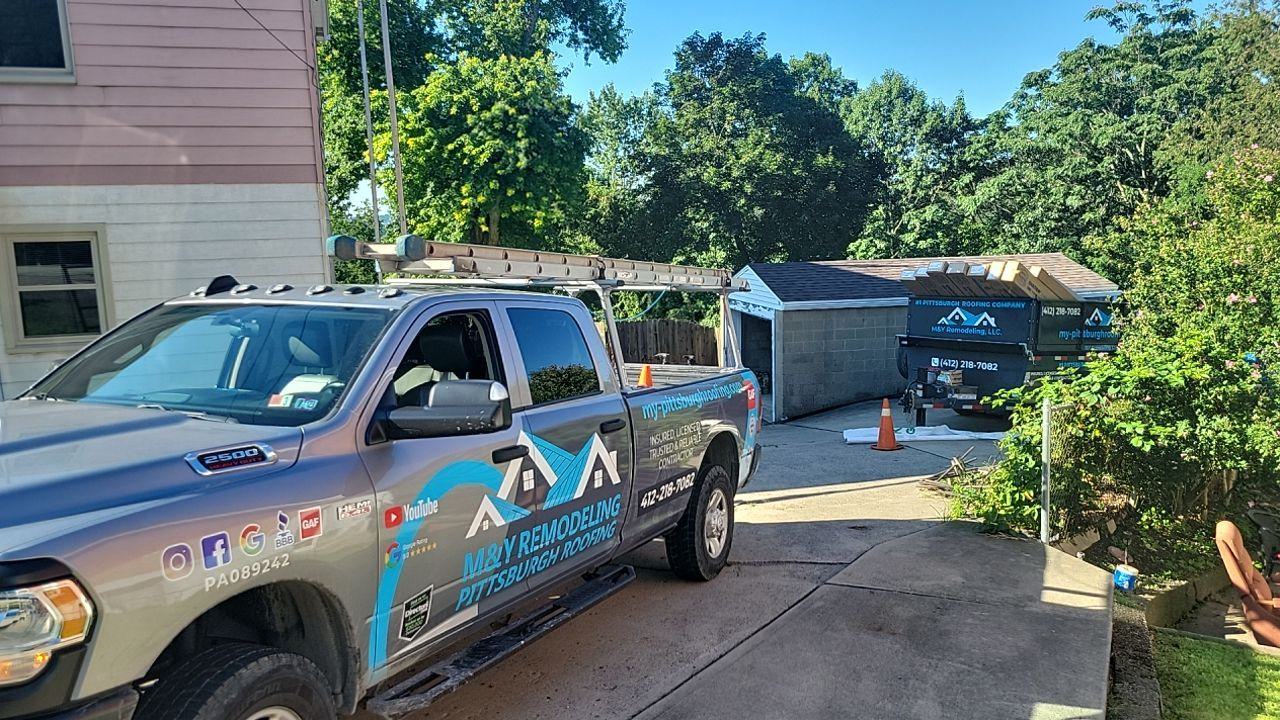
While DIY efforts can provide a basic understanding of your roof’s condition, there’s no substitute for the expertise of a professional when it comes to regular roof inspections. When it comes to major roof repairs or replacements, selecting a reputable roofing contractor is paramount. Ensure they have a history of quality workmanship and are knowledgeable about various roofing systems.
Professional roof inspectors bring years of experience and specialized knowledge to the table. They’ve encountered a wide range of roofing issues and are well-versed in identifying even subtle signs of damage or wear. Their trained eye allows them to spot potential problems that an untrained homeowner might miss.
When hiring a professional roofing inspector, consider the following:
- Credentials: Ensure the inspector is certified and has relevant credentials.
- Experience: Look for inspectors with a proven track record and years of experience.
- Reputation: Research the company’s reputation and read reviews from previous clients.
- Transparency: A good inspector will explain their findings in a clear and understandable manner.
- Comprehensive Reports: Request a detailed report that outlines the inspection’s findings and recommendations.
Contact MY PITTSBURGH ROOFING today to discuss your personalized roofing needs. Reach out at 412-218-7082 to schedule a complimentary consultation session. With our expert guidance and tailored solutions, you’re on your way to enjoying a roof that’s not only resilient against the elements but also a source of lasting pride for your home.

